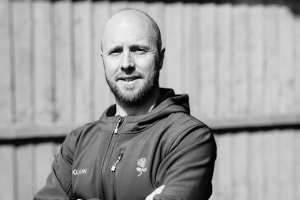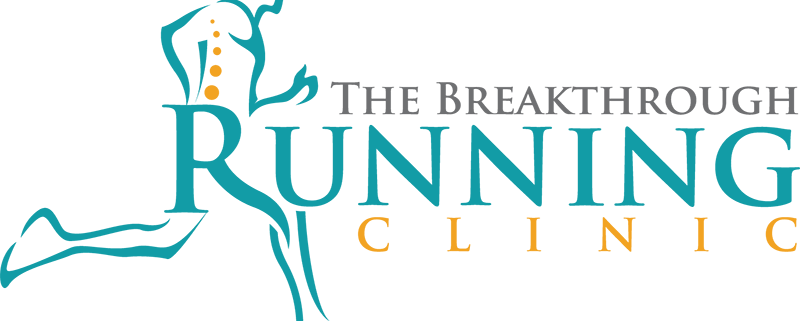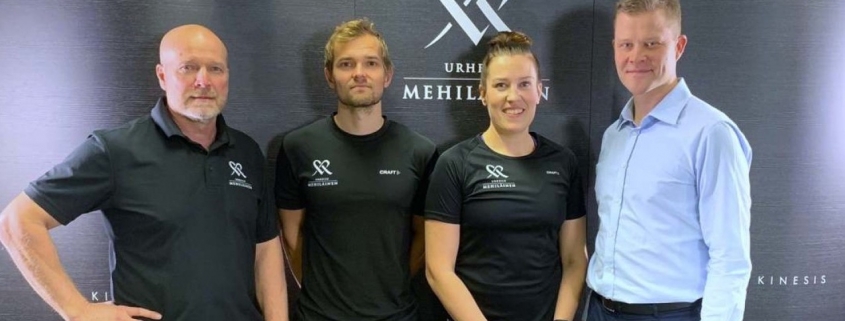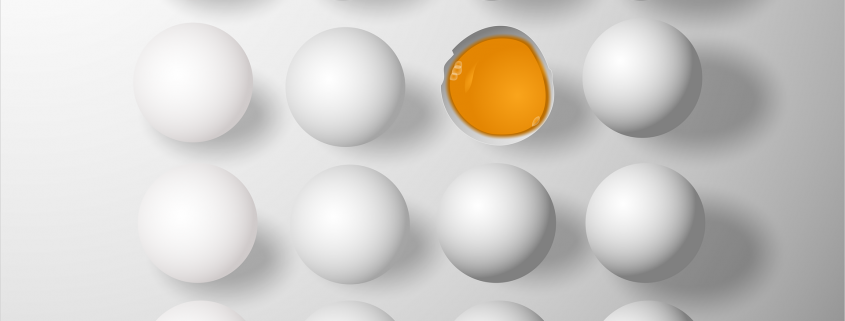Ideal Care For Proximal Hamstring Tendinopathy By Stuart Butler
The Gold Standard Care For PHT
By Stuart Butler, MSc MCSP Chartered Physiotherapist, Surrey, UK.
@physiobutler
Stuart Butler, private physiotherapist and Medical Lead at England Athletics has kindly written a blog for the PHT website and community giving his expert opinion on what we should expect from our physiotherapist as patients.
This article is also an excellent guide for physiotherapists. Knowledge is key with this injury.
Fifteen years in track and field athletics, particularly around runners, has taught me a lot about PHTs: their diagnosis and management. This blog is my personal reflection on how I think these should be treated and how to keep runners running. It’s based on my clinical experiences of both positive and negative cases that helped me to learn and develop. It is written from a physio perceptive, but should help those with a PHT to better understand what ideal care should look like.
Be wary of simple answers because simple answers only answer simple questions and alas PHTs are often not a simple question.
This doesn’t mean that they’re insurmountable injuries that will change someone’s life, but you do have to consider the numerous factors that are involved.
Key Points:
- Keep the patient at the centre.
- Understand the physiology of what’s going on.
- Great (manage) expectations.
- There is no perfect prescription.
- Select the best available outcomes, assess and reassess.
- Don’t over complicate the problem.
- Imaging?
- The Person
Everyone who suffers from a PHT is a unique individual, with their own unique set of circumstances, history and goals. Spend time listening to the person, allowing them to tell their story, their understanding of what’s going on, and what they want to get out of physio in order to assist their specific goals. Two people can present with the same injury, but the context may be very different. Many PHT patients suffer with a decreased sitting ability. This would affect a mechanic, who stands for most of his day, differently to an office worker, who sits all day at work, so be aware of the context of the injury for each individual.
- The Diagnosis
The diagnosis of proximal hamstring tendinopathy is complex. We must often exclude other potential diagnosis, whilst understanding that simple things like stress, anxiety, and a lack of sleep can ‘heighten’ the pain response. In my own clinical practice I often describe these as ‘rusty’ tendons. They’re a little thicker and can get in the way, stiff and slow to get going, but often if you build the load progressively they’ll function perfectly for your needs. Be wary of those that don’t quite fit like the hypermobile individual and acknowledge how other conditions may influence the outcome.
- Expectations
Manage expectations of both the therapist and the patient. If we’ve listened well we should be able to set specific goals for the individual, focussed on what they want or need. This may be very different for someone two weeks prior to a marathon versus someone on a couch-to-5km plan. Both are equally as important and we don’t want to stop runners running if possible. We need to design a plan tailored to each individual, empowering them to make decisions on a day to day basis about their ‘load’. I’ll always be honest and say that because these involve tendons, which are stubborn and really slow to let us know somethings going wrong, that to have a positive influence on them we’ll need a minimum of a month (you may see change earlier) and you’ll need to work at this for 3-4 months. The perfect scenario is where the patient has a set of ‘skills’ (exercises / solutions) that they can dip into when they need to.
- Rehabilitation
Many PHT’s are simply a case of doing too much too quickly and acutely increasing the load through the hamstrings. An increase in running volume or intensity, more uphill running or increased sitting on hard surfaces may cause a previously dormant tendon to start causing pain. Often through managing the ‘load’, deloading and then progressively reloading, the symptoms will go away. Physios / physical therapists will often supplement this with some form of exercises. In my own personal practice I tend to use isometric (static) exercises to help with pain and eccentric loading to cause the hamstring tendons to positively adapt, but this always depends on the individual I have in front of me: their needs and goals. Running is an interesting area, and not something I like to take away from someone, so if possible I like to keep people running. It may mean changing sessions and it’s probably best to run alternate days to allow tendons to adapt. Tendons respond to load, and if we take the load away completely (ie: stop running) it can make those rusty tendons a lot stiffer and more painful, so almost all PHT patients need to be loaded on an individually specific plan.
- Outcomes
Make sure you have outcomes. These are ways of showing improvement, because tendons often improve their functionality before they start to feel better or easier. Physiotherapists / Physical Therapists should provide comparative data for each side. I’m a big fan of strength testing. This can be done in numerous formats, from single leg bridges to hand-held dynamometry or isokinetic dynamometry, depending on the patients needs / clinician’s available resources. I use hand-held dynamometry in the clinic, utilising a couple of positions to provide a baseline score / numbers for the patient. It also allows me as the clinician to check that my prescription of the home exercise plan is being effective and to give patients confidence that they’re on the right path. This information will allow me to change or alter the program as and when needed.
- The Problem
I’m a self-confessed hamstring geek, therefore in clinic I tend to see a lot of hamstring injuries. I’m not saying I ‘fix’ all of them, but what saddens me most is when a patient presents with a long and complex history, having had X, Y and Z done to them when fundamental loading issues which haven’t been addressed. I’m not saying X,Y and Z don’t have a place but I see a lot of weakened, apprehensive hamstrings with no clinical outcomes used, that haven’t been loaded appropriately and do really, really well with simple home exercise plans. Marginal gains is a great concept, but please do the 99% else right first before worrying about the 1%.
- Imaging
What can you see? As someone who likes to utilise MSK sonography in clinical practice, we have to be very careful, especially around the proximal hamstrings. It’s a complex area that isn’t well explored in the scientific literature (both ultrasound and MRI), and as with many areas of the body (i.e. low back) we find lots of pathology (abnormal anatomy) in people with no pain or clinical signs. If we perform diagnostic ultrasound we must remember that tendons don’t tend to change their appearance on scans over time. Therefore scans are a useful modality to prove our diagnosis, rather than a monitoring tool for progression.
Summary:
Proximal Hamstring Tendinopathies are often as complex as the person with them. They are not insurmountable and many people do exceptionally well. Listen to the patient, find shared goals and set good clinical outcomes that can be monitored to show progression. Help to provide context by understanding the causes and empower the patient to appropriately load the tissues. Rehab: Get the basics of loading right, keep running if appropriate, and you should achieve a positive outcome.
Stuart can be contacted at:
Butler Physiotherapy
80 New Road
Chilworth
Surrey GU4 8LU
www.butlerphysiotherapy.co.uk
Info@butlerphysiotherapy.co.uk

 Stuart Butler
Stuart Butler



 Under Construction
Under Construction
